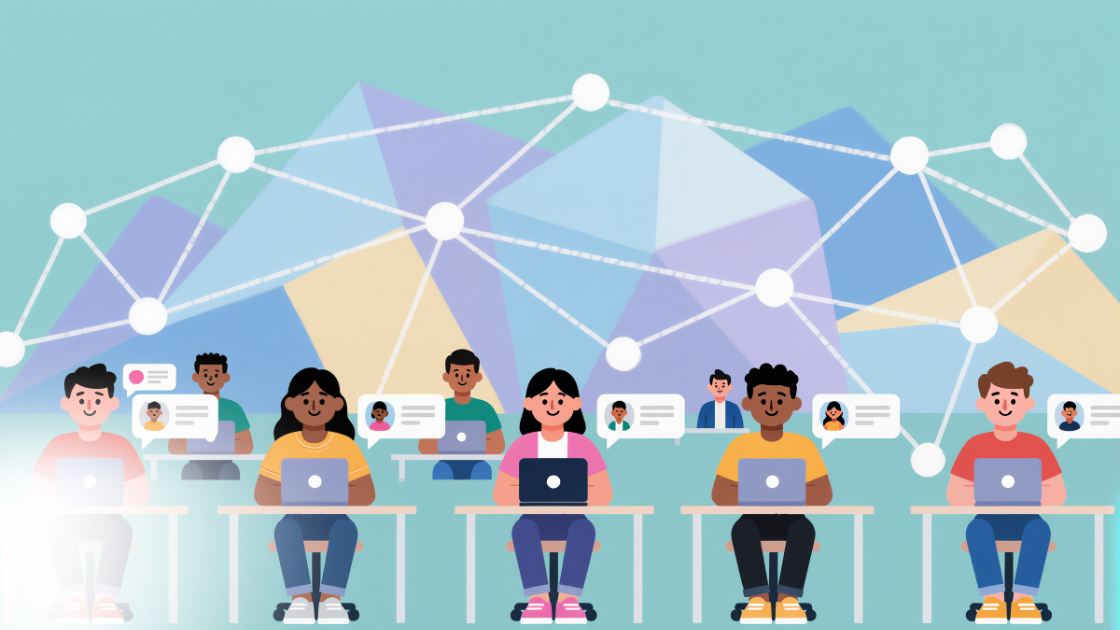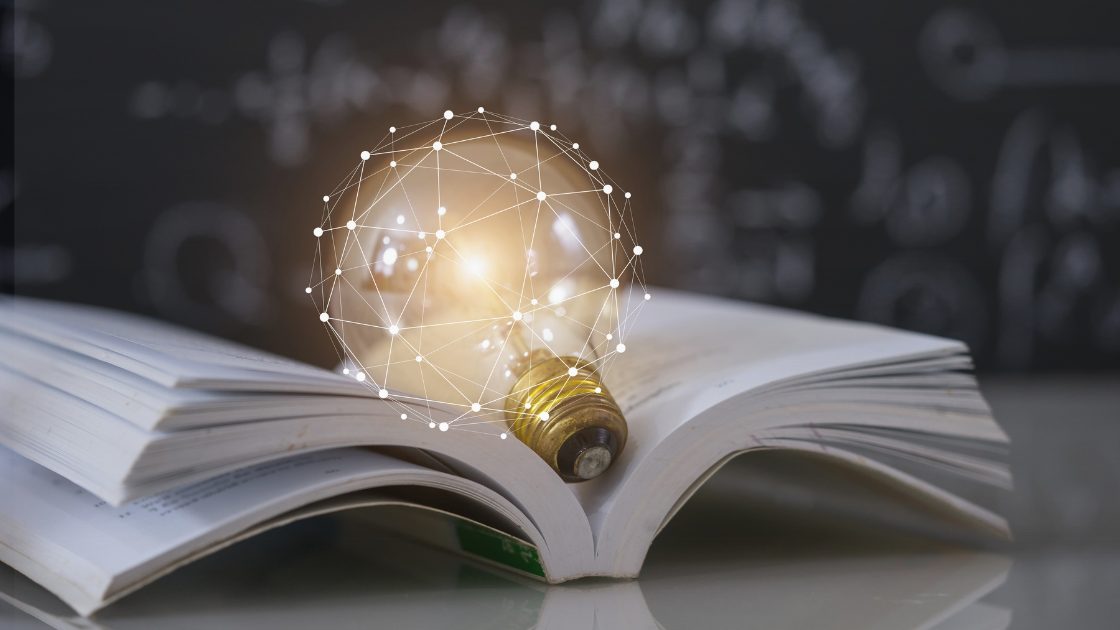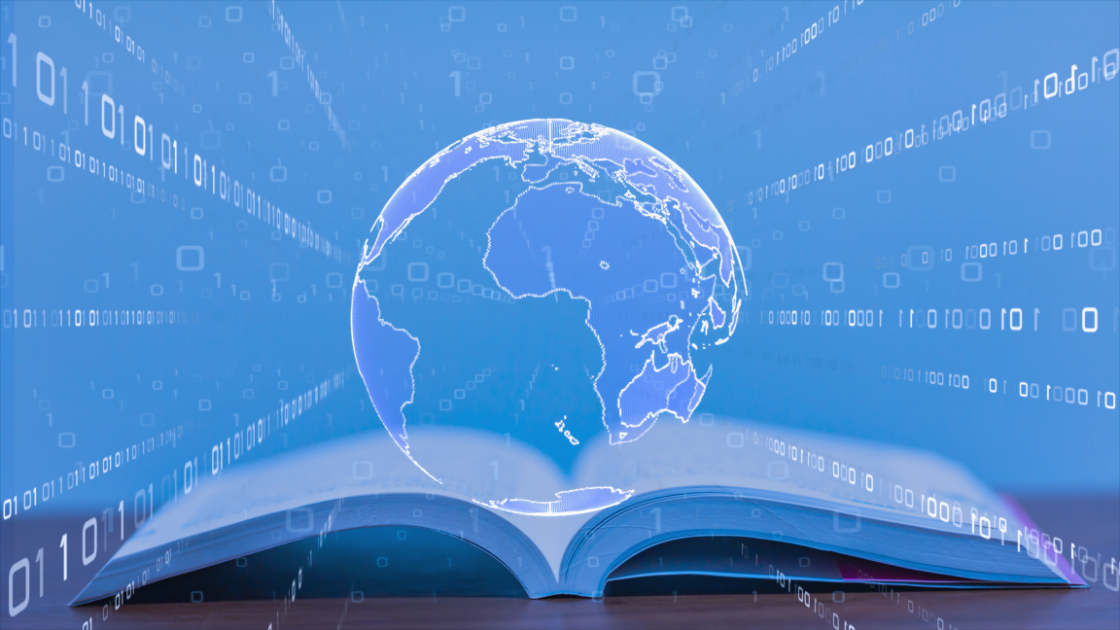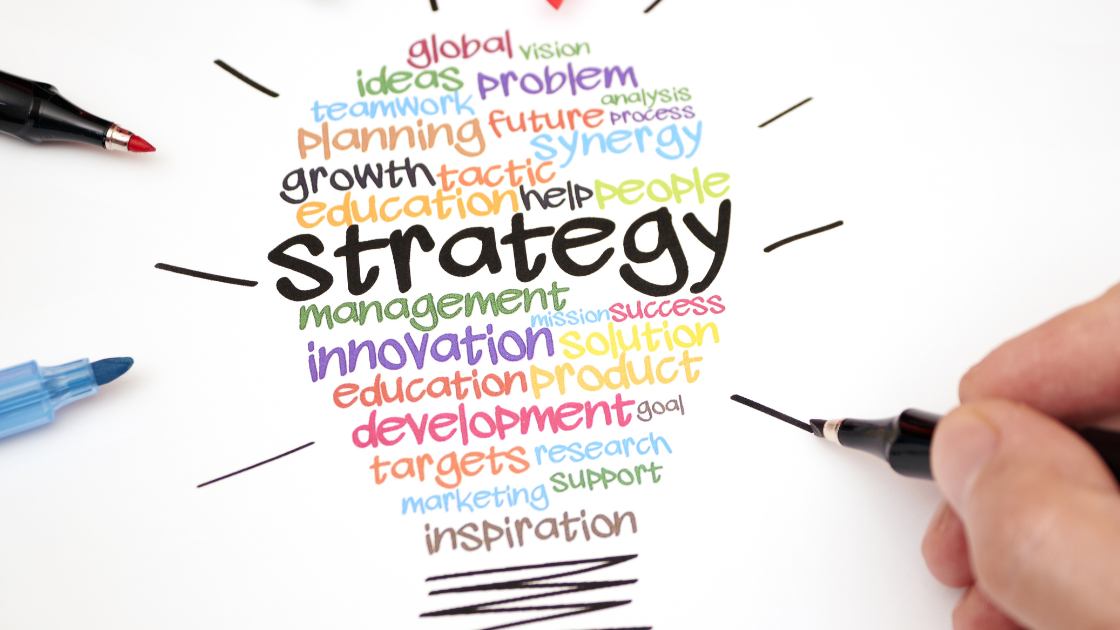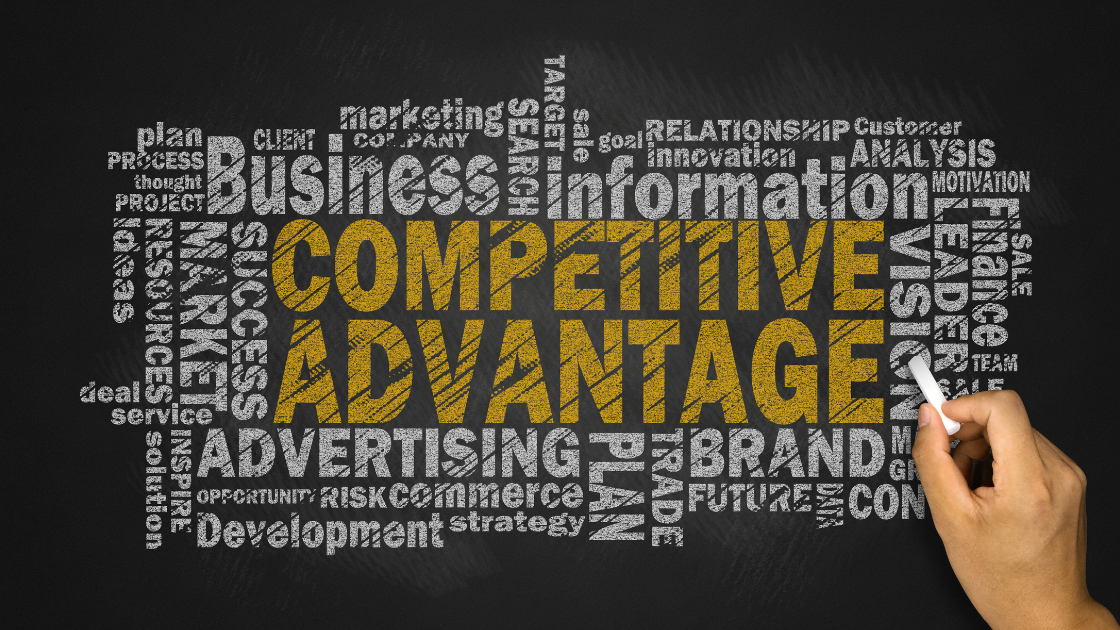From One-Size-Fits-All to Tailored Learning Paths: Karina Hayat on the Role of AI in Personalized Education
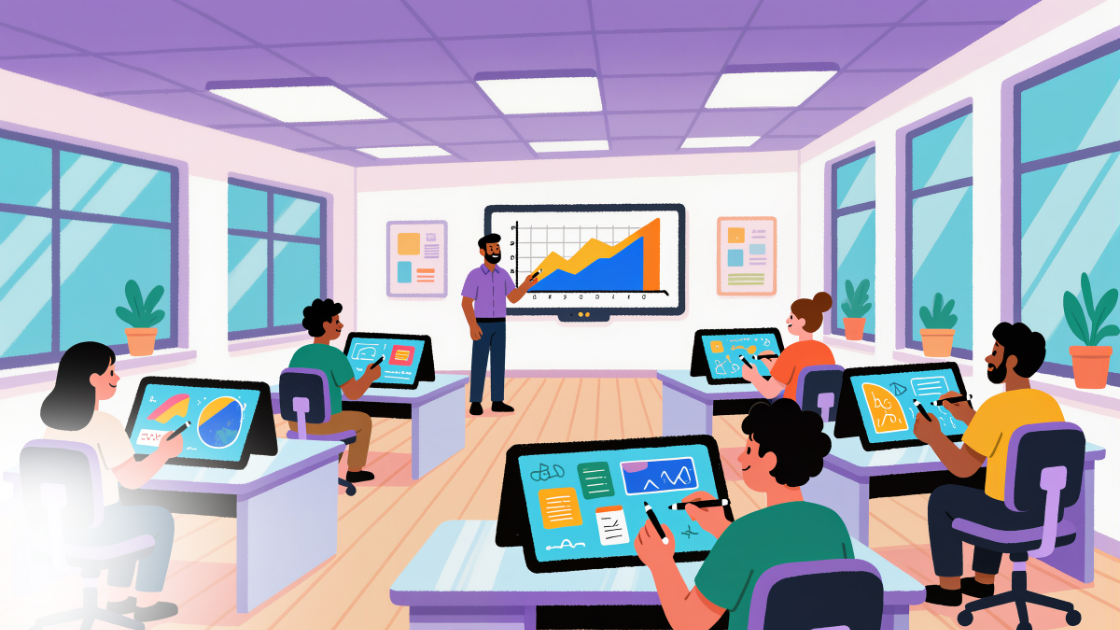
For decades, education followed a one-size-fits-all model—structured classrooms, standardized curricula, and identical assessments for every student. While this approach aimed for equality, it often overlooked individual learning styles, speeds, and strengths. Today, however, artificial intelligence (AI) is transforming that outdated model into something far more powerful—personalized, adaptive, and student-centered learning.
AI is redefining how educators teach and how students learn, shifting education from mass instruction to individualized growth. The result is a revolution in learning—where every student’s journey can be as unique as their fingerprint.
The Rise of Personalized Learning
Personalized learning isn’t a new concept, but it’s one that was historically difficult to implement at scale. Teachers have always tried to adapt to different learners, but time, class sizes, and limited resources made it nearly impossible to meet every student’s needs individually.
AI changes that dynamic completely. Through intelligent algorithms and data analytics, AI systems can now assess each learner’s abilities, preferences, and progress in real time. They identify gaps in understanding, recommend customized lessons, and adapt difficulty levels dynamically.
In essence, AI gives educators the power to provide individualized attention to every learner—something that was once unthinkable in traditional education systems.
Adaptive Learning: Meeting Students Where They Are
AI-powered adaptive learning platforms are at the core of this transformation. These systems adjust the content, pace, and delivery of instruction based on each student’s performance.
For instance, if a student excels in a math topic, the AI might increase the complexity of problems. If another student struggles with a concept, the platform can provide additional explanations, examples, or practice exercises until mastery is achieved.
This constant adaptation ensures that no learner is left behind—and no one is held back. The result is a classroom where every student can move at their own pace and truly understand the material before advancing.
Transforming the Role of Teachers
AI doesn’t replace teachers—it empowers them. By automating administrative tasks like grading, attendance, and performance tracking, AI frees educators to focus on what they do best: inspiring, mentoring, and connecting with students.
Teachers gain access to powerful analytics dashboards that show real-time insights into student progress. These insights allow them to identify who needs extra help, who’s excelling, and what teaching strategies are most effective.
Instead of spending hours marking assignments, teachers can dedicate more time to creative instruction, emotional support, and one-on-one guidance—areas where human connection remains irreplaceable.
Intelligent Tutoring Systems: A Personal Mentor for Every Student
Imagine a student having access to a 24/7 personal tutor that understands their strengths, weaknesses, and learning preferences. AI-powered tutoring systems make this possible.
These systems use natural language processing (NLP) to simulate human-like conversations, providing explanations, answering questions, and guiding students through problems step by step. They don’t just deliver answers—they teach how to think critically and solve problems independently.
This constant availability ensures that learning doesn’t stop when the school day ends. Students can learn anytime, anywhere, with personalized support tailored just for them.
Enhancing Engagement Through Interactive Learning
AI brings interactivity and engagement to the forefront of education. Through gamification, virtual reality (VR), and adaptive quizzes, AI-driven platforms turn learning into an immersive experience.
Students can explore complex science concepts through virtual labs, practice languages with AI-powered conversational bots, or master historical events through interactive simulations. These experiences not only improve understanding but also make learning more enjoyable and relevant to real-world applications.
When learning feels like exploration rather than obligation, students are more motivated—and that motivation is key to lifelong learning.
Data-Driven Insights for Continuous Improvement
AI’s strength lies in its ability to analyze vast amounts of data—and in education, this data becomes a roadmap for growth. Every click, quiz result, or interaction a student has with an online platform contributes to a rich learning profile.
Educators and institutions can use these insights to refine curricula, identify learning patterns, and improve outcomes. For example, if an AI system detects that many students struggle with a specific concept, teachers can revisit their teaching methods or provide additional resources.
This data-driven approach transforms education into a continuously improving ecosystem, where feedback loops ensure learning keeps evolving alongside the learners themselves.
Breaking Barriers to Accessibility
One of AI’s most meaningful contributions is making education more inclusive. Adaptive technologies allow students with different learning needs—such as those with dyslexia, ADHD, or visual impairments—to access learning in ways that suit them best.
Text-to-speech, speech recognition, and real-time translation tools remove barriers for students with disabilities or language challenges. AI ensures that every learner—regardless of geography, ability, or background—has access to quality education tailored to their needs.
By democratizing learning opportunities, AI is paving the way for a more equitable global education system.
Preparing Students for the Future of Work
AI isn’t just transforming how students learn—it’s shaping what they learn. As industries evolve under the influence of automation and digital transformation, education must prepare students for a world where adaptability, problem-solving, and creativity are paramount.
AI-driven learning systems can identify emerging skills in demand and update curricula accordingly. Students are guided toward career paths aligned with their strengths, interests, and market trends. In doing so, AI bridges the gap between education and employability, ensuring that learning remains relevant in an ever-changing world.
Ethics and the Human Touch
As AI becomes more integrated into education, ethical considerations become critical. Ensuring data privacy, preventing algorithmic bias, and maintaining transparency are essential to building trust in AI-driven systems.
Equally important is maintaining the human element in education. While AI can personalize content and assess performance, empathy, encouragement, and emotional understanding remain uniquely human qualities. The ideal education model of the future blends the precision of AI with the compassion of teachers—a partnership that enhances learning without losing humanity.
Conclusion: A Future Where Every Learner Thrives
AI is not replacing education—it’s reinventing it. By shifting from uniform teaching methods to personalized learning paths, AI ensures that every student can learn in a way that resonates with them.
This evolution is about more than just technology—it’s about empowerment. Students gain confidence, teachers gain insight, and institutions gain efficiency.
In the age of AI, learning is no longer limited by one-size-fits-all systems. It’s flexible, inclusive, and deeply human. The classrooms of tomorrow will not only teach knowledge but nurture potential—proving that when technology and empathy unite, education truly transforms from information to inspiration.
About the author

